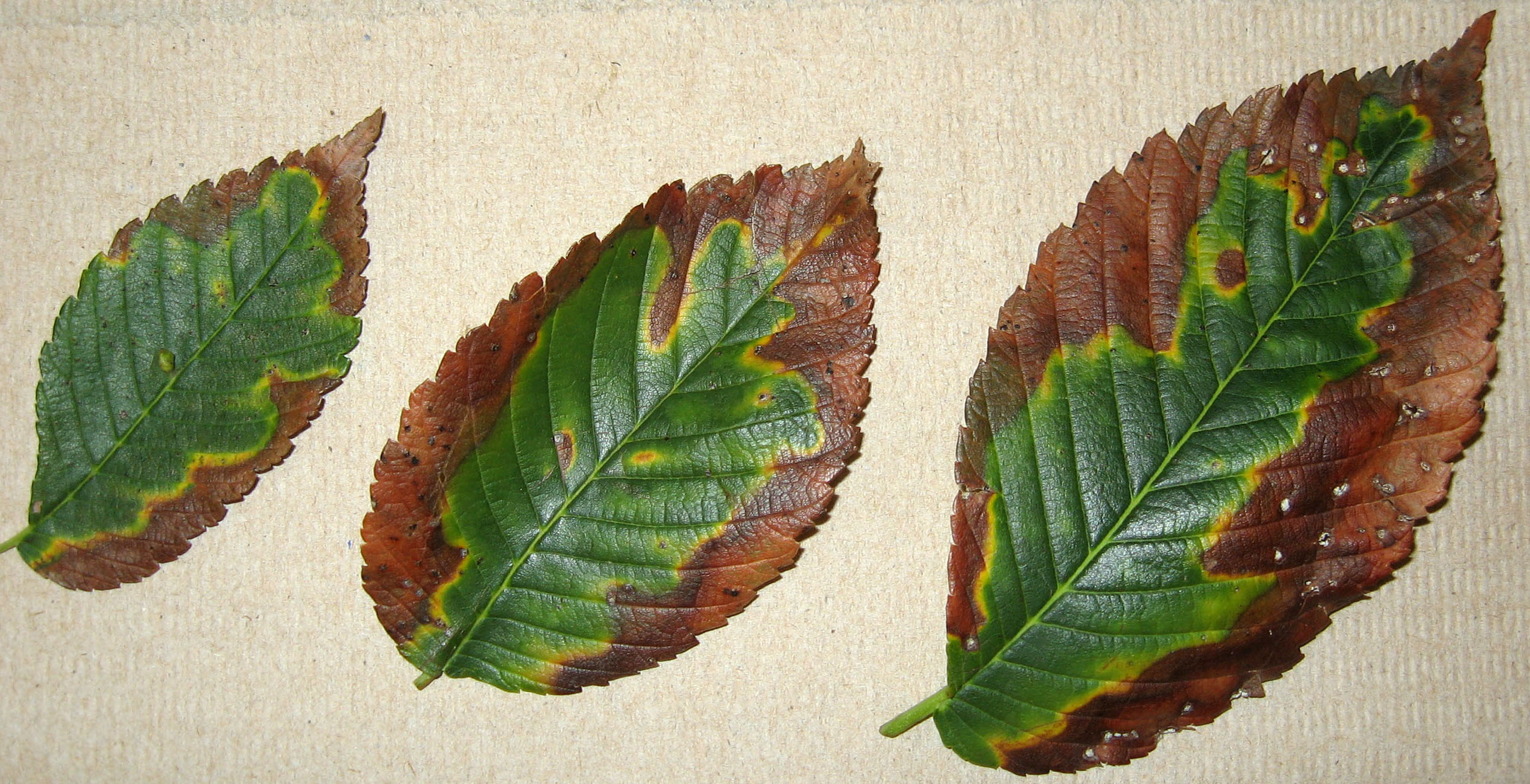

Andrea Nguyen, 52, a Santa Cruz, Calif.-based chef and writer whose most recent cookbook is “ Vietnamese Food Any Day” (2019), notes the distinction in Vietnamese between com cháy, which is literally “rice on fire” - rice in the process of burning, not yet having succumbed to the flames - and com khê, rice wholly burned, giving off an acrid whiff of ash, beyond edibility.

The language of burning is poetic license, or should be: No one wants to eat rice that’s actually been burned. Some of these names are derived from, variously, words for the location of the rice (in Farsi, “ tahdig” is literally “the bottom of the pot,” and in parts of Africa, English has been co-opted into the terms “bottom pot”and “underpot”), the tenacity with which the rice clings to the vessel (“dukot” comes from a Cebuano verb meaning “to stick around too long”) so it must be taken by force (the Cuban “raspa” is from the Spanish “raspar,” “to scrape”) and the act or state of burning (“socarrat” is believed to have roots in the Basque sukarra, or “fever” “com cháy” is commonly translated from the Vietnamese as “burned rice”). Your reward: rice’s dark side, its alter ego, grains gone hard and sealed together, chewy and crunchy and sublime.Īlmost everywhere in the world where rice is eaten, as a staple and an inheritance, people have names for this prized crust, among them xoon, tahdig, com cháy, socarrat, pegao, nurungji, hikakeh, graten, kanzo, guoba, concón, cocolón, okoge, raspa, kerak nasi, bun bun, tutong, dukot, cucayo and bay kdaing. You have to rely on your sense of smell to recognize when the gorgeous scent of roasting is near its peak - when it hits that note of popcorn just bursting to life, kernels turning themselves inside out, or of hot chestnuts from street carts in winter, tossed in woks with tiny black stones and shucked of their sleeves - to save it before it ends in bitterness. Maybe you tuck a towel around the rim for a tighter seal to catch drips of condensation maybe you flick the flame up high, lean in to hear the last rustle of water boiling off, then shut down the burner and let the pot be, sitting there ticking in the fading heat.

All that’s visible if you lift the lid is the soft, yielding rice on top, fluffy and preening. IT TAKES NERVE to scorch rice, to get a proper crust at the bottom of the pot, that layer of grains cooked past their time, bronzed and crisped but stopped just shy of burning to go almost too far.


 0 kommentar(er)
0 kommentar(er)
